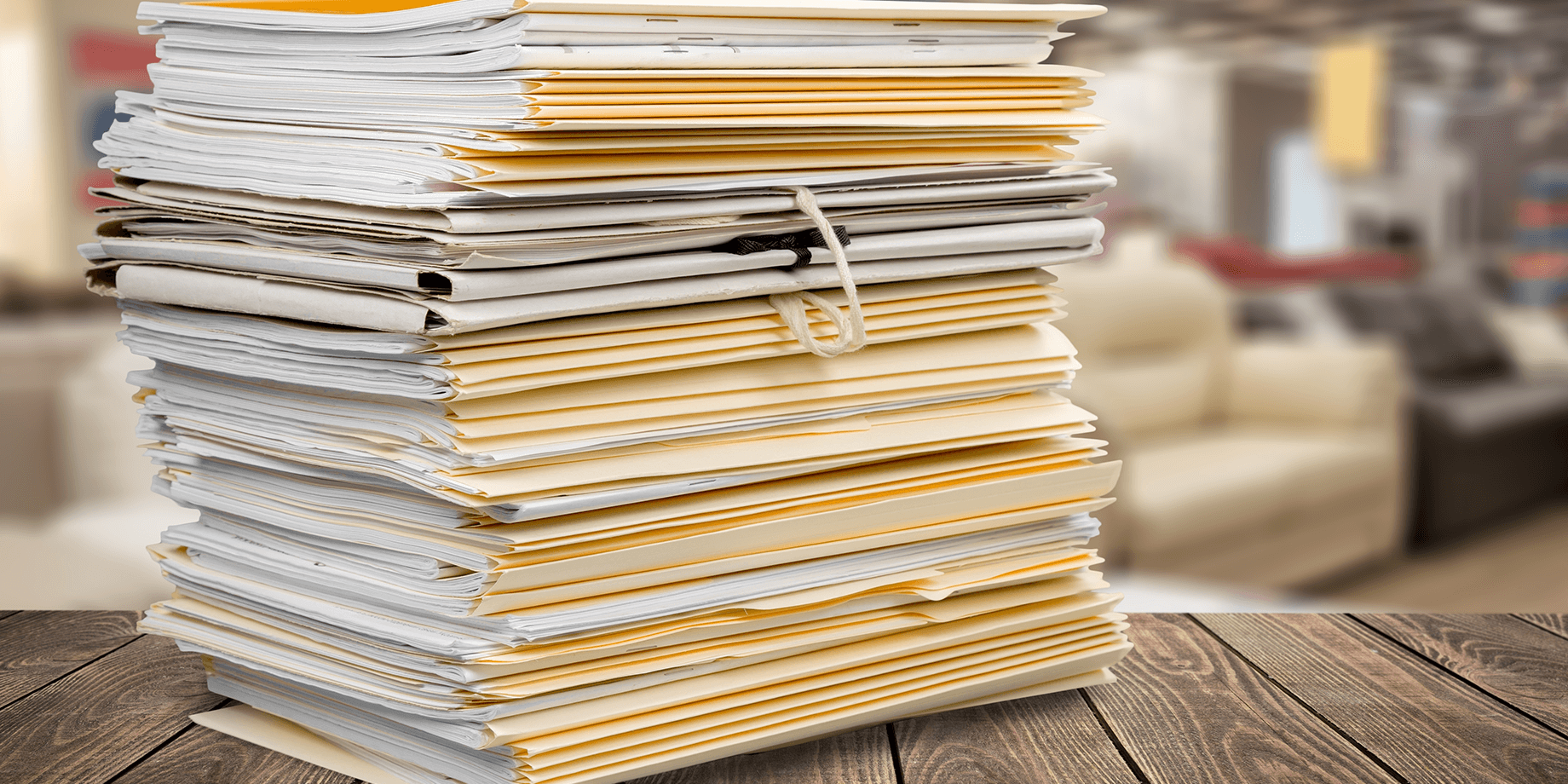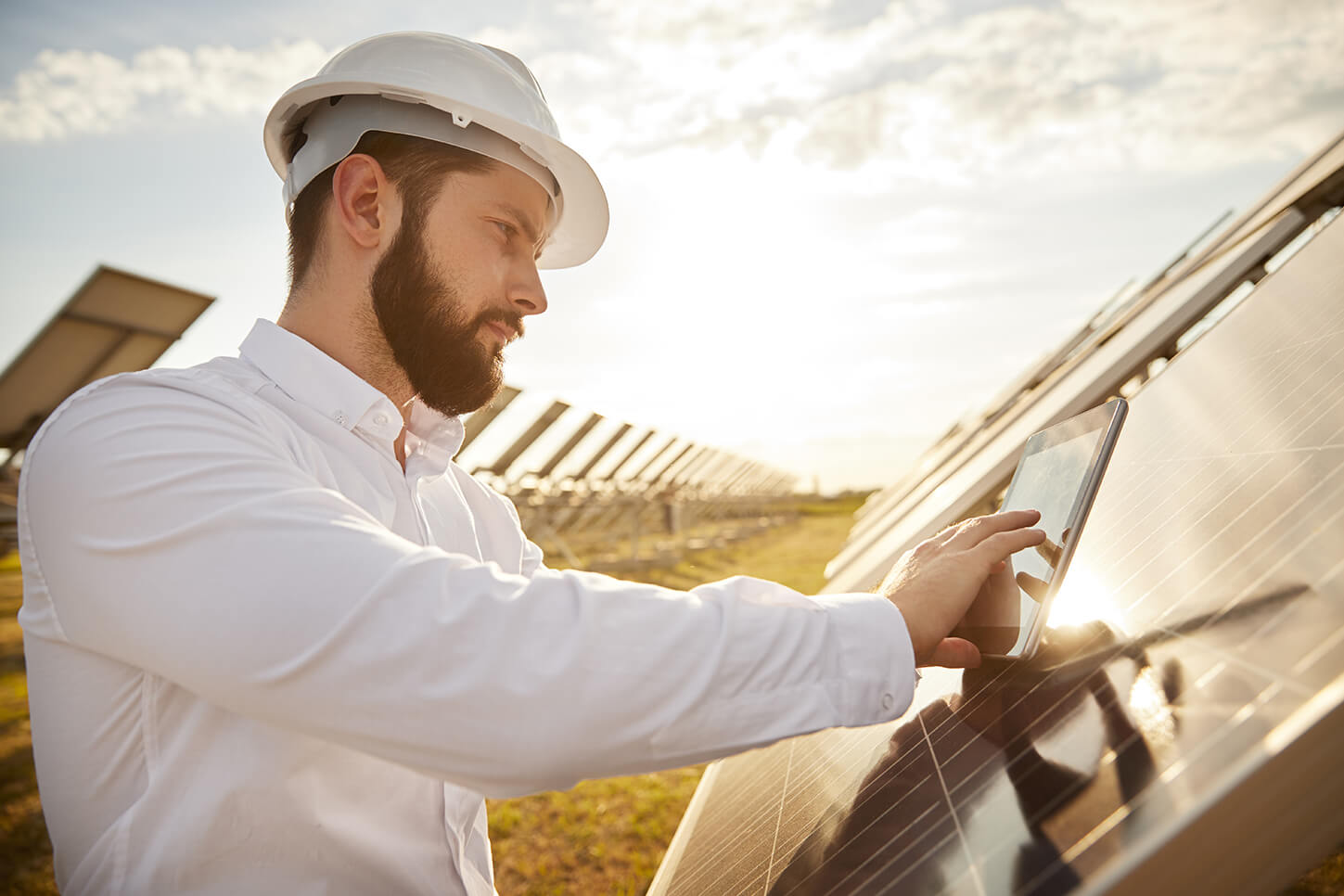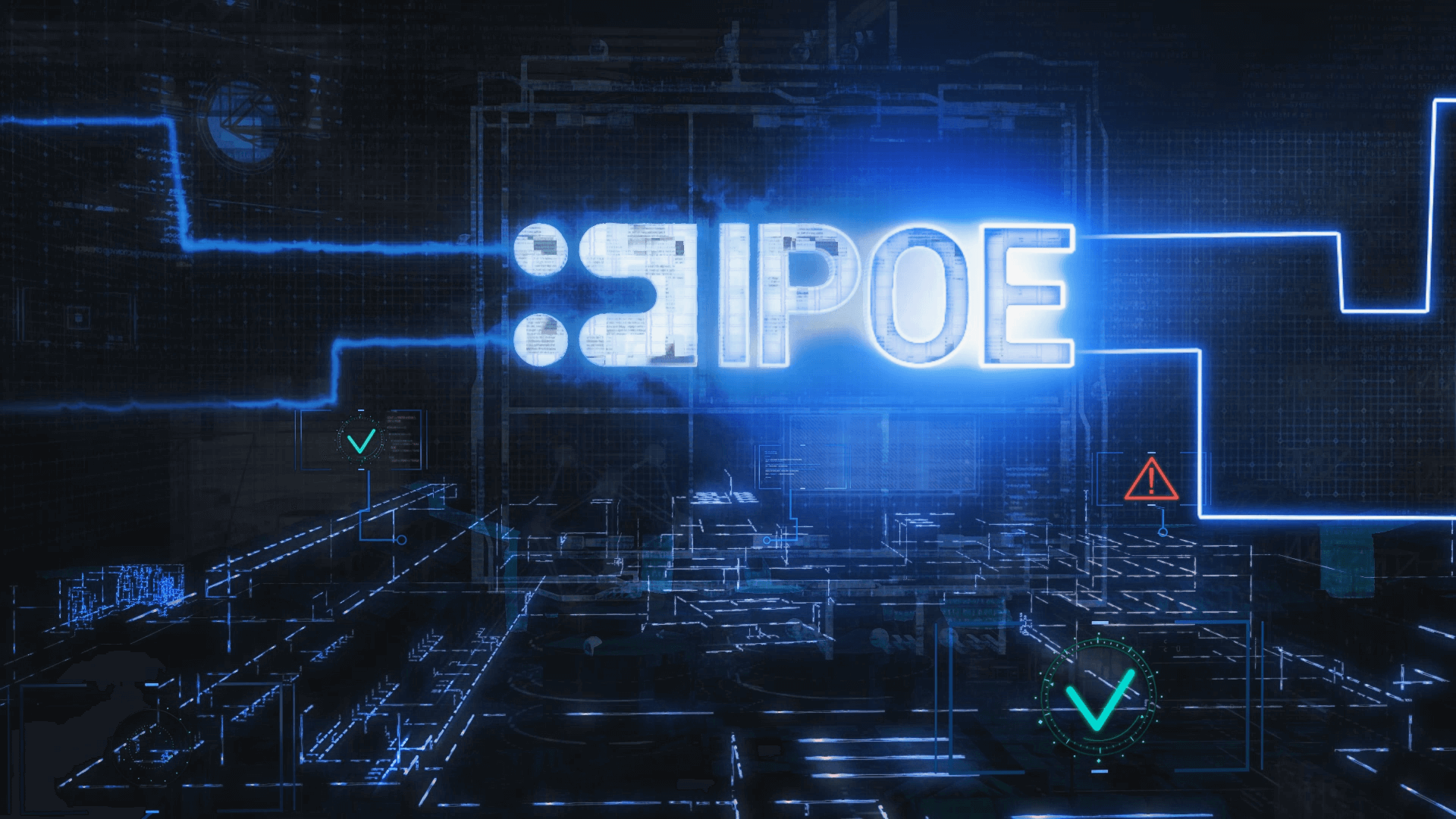
As of 1 January 2023, new regulations on the electronic keeping of excise records will be put in place. Among other things, entrepreneurs with the status of electricity excise taxpayer will be obliged to comply with them. With the IPOE platform, however, this method of registration does not create any difficulties.
The new legislative provisions apply to selected companies that produce energy, sell it and purchase it from the power grid. What about those who keep such records in a traditional form? Up till the end of 2022, they can do it both electronically and on paper.
However, regardless of this, you need to be prepared to change your habits. These few months seem like a lengthy period, but the sooner you implement a new method of registration, the better it will be from an organisational standpoint.
Note: failure to keep such records in the required form may result in penal (and) fiscal liability.

The electronic excise record must be kept in such a way that:
As is clear, there are quite a few of these considerations. This is why a simple Excel sheet will not suffice. By “electronic records” we should understand an advanced system of data collection and processing, which facilitates complex operation. Transparency and user friendliness are also essential.
Specialised systems and tools, such as IPOE, the Intelligent Platform for Energy Optimisation, help to meet these statutory demands.

IPOE is a system that enables comprehensive monitoring and optimisation of energy consumption. However, today, in light of the new accounting rules, its potential is even greater.
How does this tool work? The measurement is taken at the electrical connection and then communicates with the inverter. The customer, who wants to meet modern requirements, therefore has a complete overview of what the energy flow is between their production and the power grid.
They learn:
IPOE is a tool that complies with the principles of modern record-keeping. It offers the possibility to store data in the cloud, obviously in line with the principles of cybersecurity and including data backups.
As previously mentioned, one of the key aspects of any excise record is the ability to amend and identify those who made the amendments. This is where IPOE once again saves the day. Each user has an individual login and password as well as a digital identifier. Thus, it enables them to make corrections in the parameters – a change is made by editing an entry and it is validated with a note that the previous version has been cancelled. At the same time, each such modification is accompanied by the ID of the person who carried it out. However, it is possible to return to the original entry at any time.

The use of IPOE, on top of fulfilling the requirements of excise records, also provides access to reports and analyses, as well as to an alarm system, which informs about exceeding and anomalies.
Additionally, with such a measurement, over 100 other parameters can be monitored. Using algorithms embedded in IPOE, it is possible to optimise, e.g. the level of ordered power. Another added value is the option of checking how the production is going and whether it covers the current needs of the facility (measuring the load factor of own needs).
It is worth mentioning that the platform is still under development and today it is geared not only for electronic optimisation, but also for monitoring the consumption of other utilities, such as water or heat.
Such comprehensive utility monitoring is used by many production plants, as well as office and public buildings. As part of IPOE, we can also integrate utility metering, reactive power compensation or in-house energy production.
The opportunities are enormous, and the TÜV certificate awarded to IPOE only confirms the superior quality of the system you are dealing with.
Thus, the Intelligent Energy Optimisation Platform not only permits compliance with the requirement for excise records, but actually does more than this. Apart from the basic functionalities associated with the new legislation, it also offers numerous other benefits, mainly oriented towards increasing company efficiency and optimising costs. It can be said that IPOE fully supports the idea of a data-driven organisation.